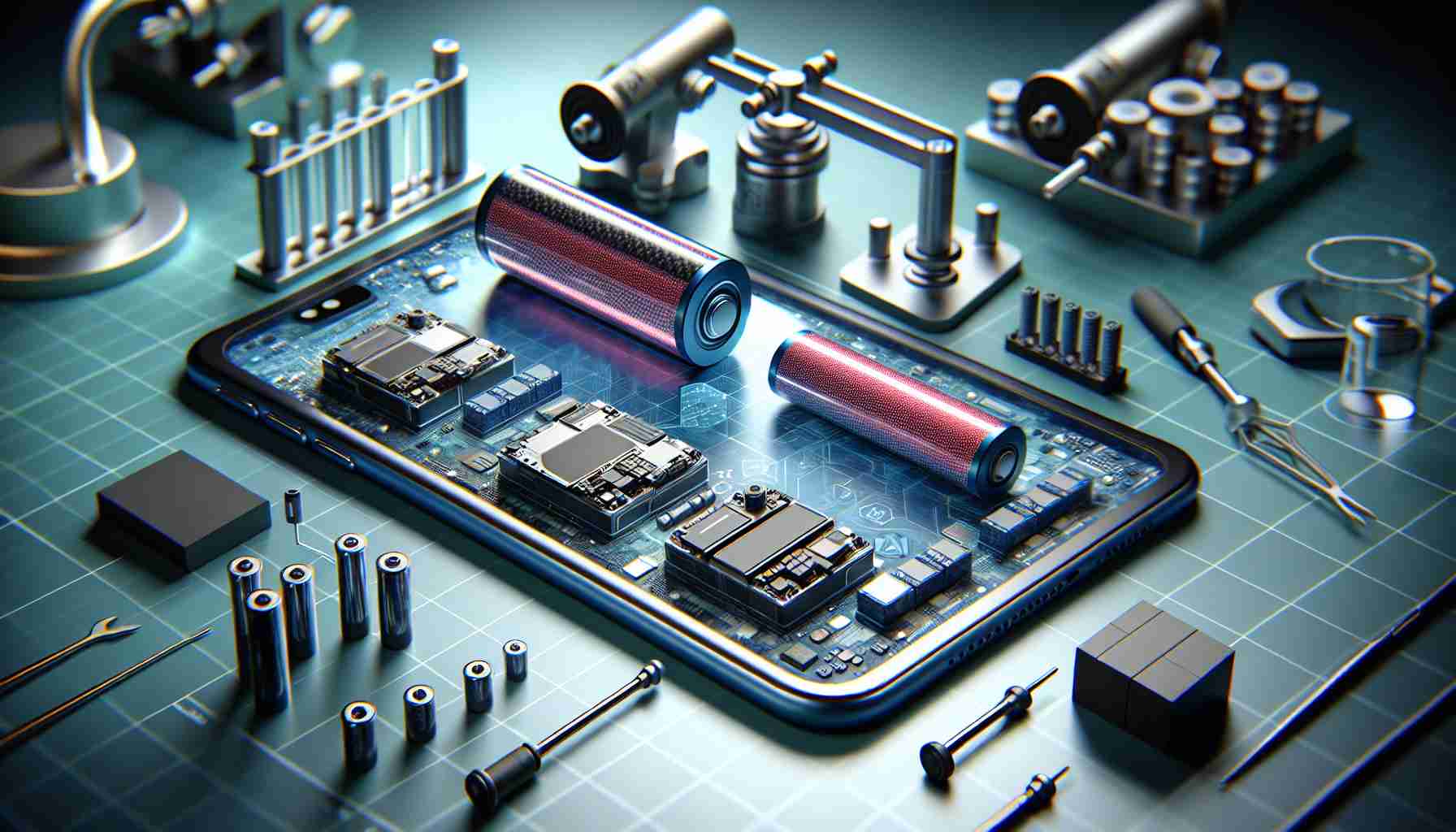Innovative Battery Technology Unveiled
Smartphone battery capacity has seen a significant boost with the introduction of silicon carbon negative electrodes, paving the way for devices with up to 6000mAh. However, in the era of artificial intelligence, simply increasing battery energy density may not meet users’ demands for longer-lasting battery life.
Next-Level Performance and Battery Efficiency
Recently, leading tech giant Apple showcased its advancements in AI, introducing AI features that enhance cross-app collaboration and data utilization within the system. Collaborating with Open AI, Apple integrated ChatGPT into its smartphones, taking AI capabilities to new heights. The power consumption of AI technologies has raised concerns in the market, emphasizing the need for efficient battery usage in smartphones.
Transformative Battery Solutions and AI Integration
The introduction of silicon carbon negative electrodes has transformed the landscape of smartphone batteries. Brands like OnePlus and Lenovo have embraced this technology, launching high-capacity batteries such as the “Glacier Battery” and “Starry Sea Battery.” These innovative solutions offer increased energy density, with some batteries reaching up to 822Wh/L, addressing the growing demands of AI applications in smartphones.
Revolutionary Advancements in Battery Technology
The integration of silicon carbon electrodes has revolutionized traditional lithium-ion batteries, unlocking higher energy densities and improved performance. Silicon carbon materials, known for their superior capacity compared to graphite, have paved the way for enhanced battery capabilities in smartphones, marking a significant shift in the industry.
Optimizing Battery Efficiency for the AI Era
As smartphones transition into the AI era, optimizing battery efficiency becomes essential alongside the development of larger capacity batteries. Balancing the power demands of AI applications with battery performance is crucial for providing users with uninterrupted usage and improved overall experience. Adapting to the evolving landscape of AI technologies, smartphone manufacturers must focus on innovations that align battery efficiency with the demands of modern functionalities.
Enhancing Smartphone Battery Technology with Silicon Carbon Innovation
The evolution of smartphone battery technology has taken a significant leap forward with the integration of silicon carbon material in negative electrodes. While the previous article highlighted the benefits of increased energy density, there are additional crucial aspects to consider in this revolutionary advancement.
Key Questions and Answers:
1. How does silicon carbon material improve battery performance?
Silicon carbon materials offer higher capacity and energy density compared to traditional graphite electrodes. This results in longer battery life and improved overall performance for smartphones.
2. What are the challenges associated with using silicon carbon in batteries?
One key challenge is the expansion and contraction of silicon during charging and discharging cycles, which can lead to battery degradation over time. Manufacturers need to address this issue to ensure long-term battery reliability.
Advantages:
– Enhanced Energy Density: Silicon carbon material enables batteries with higher energy densities, allowing for longer usage between charges.
– Improved Performance: Smartphones equipped with silicon carbon batteries exhibit enhanced performance, making them ideal for power-hungry applications.
– Faster Charging: Silicon carbon batteries can support faster charging speeds, reducing downtime for users.
Disadvantages:
– Degradation Concerns: The expansion and contraction of silicon can impact battery lifespan, requiring further research to overcome potential degradation issues.
– Cost Consideration: Implementing silicon carbon material in batteries may increase production costs initially, which could affect consumer pricing.
Addressing Challenges and Controversies:
One of the key challenges associated with silicon carbon batteries is ensuring long-term reliability amidst the expansion and contraction issues. Manufacturers are actively researching solutions to mitigate these concerns and optimize battery lifespan.
Related Links:
– MIT Technology Review
– Wired
As smartphone technologies continue to advance, the integration of silicon carbon material in batteries represents a pioneering step towards meeting the increasing demands of consumers. By addressing challenges, optimizing efficiency, and enhancing performance, this innovation holds the potential to revolutionize the future of smartphone battery technology.
